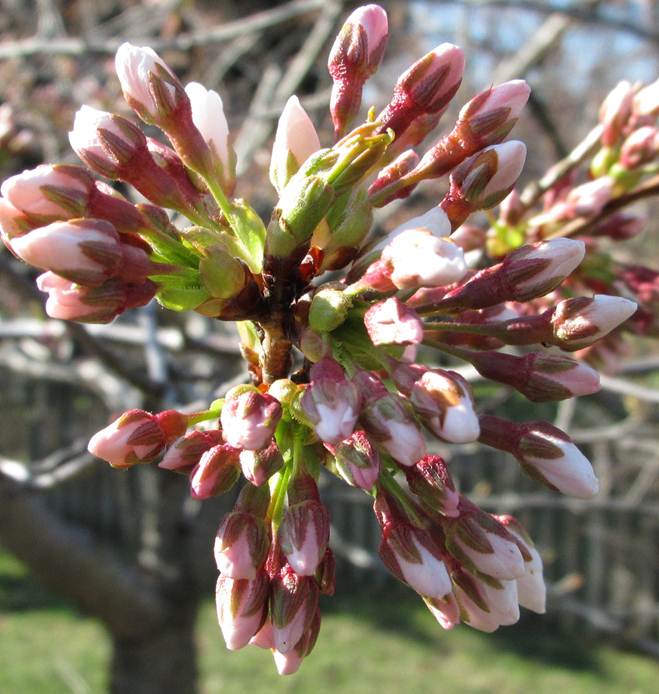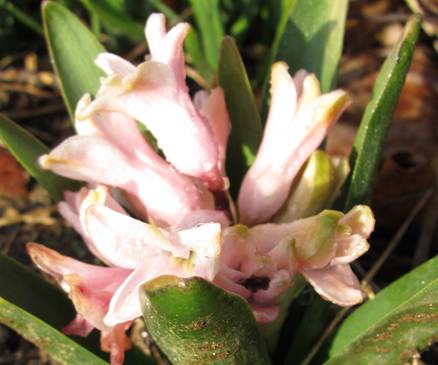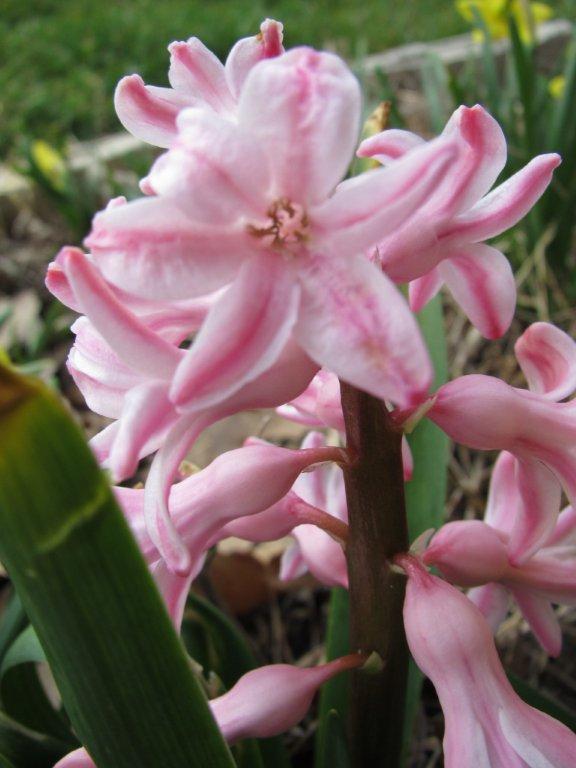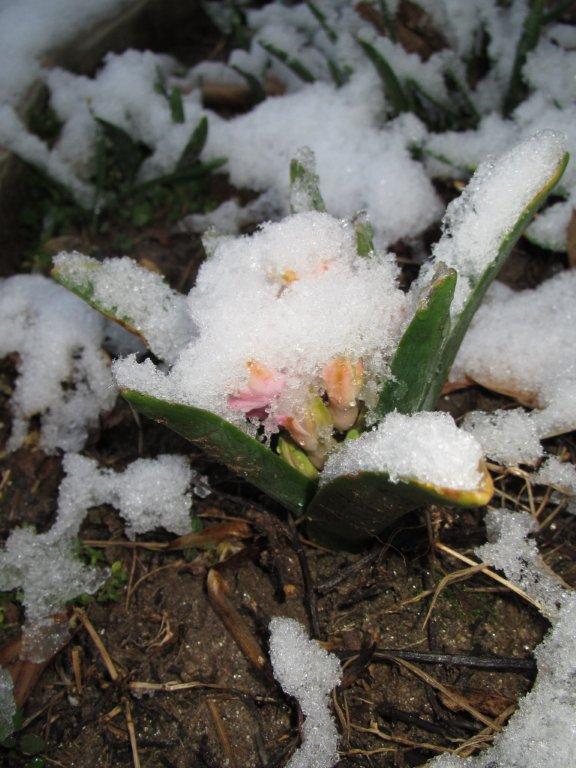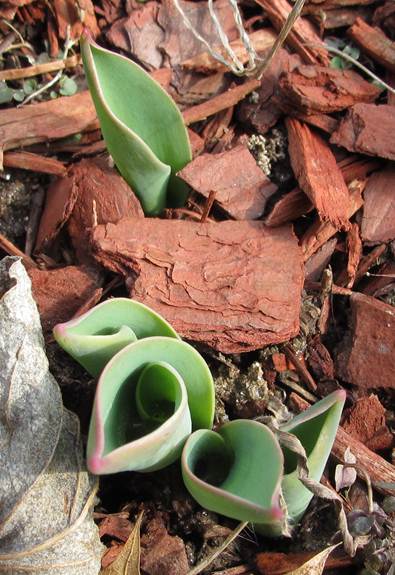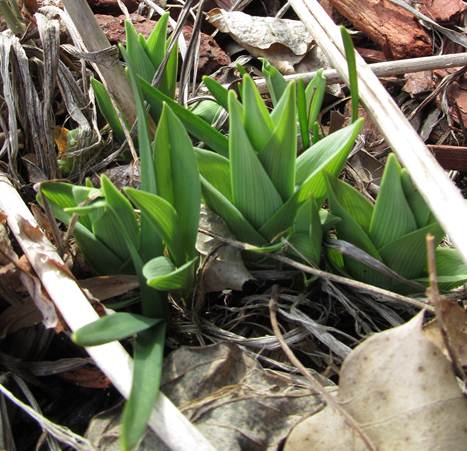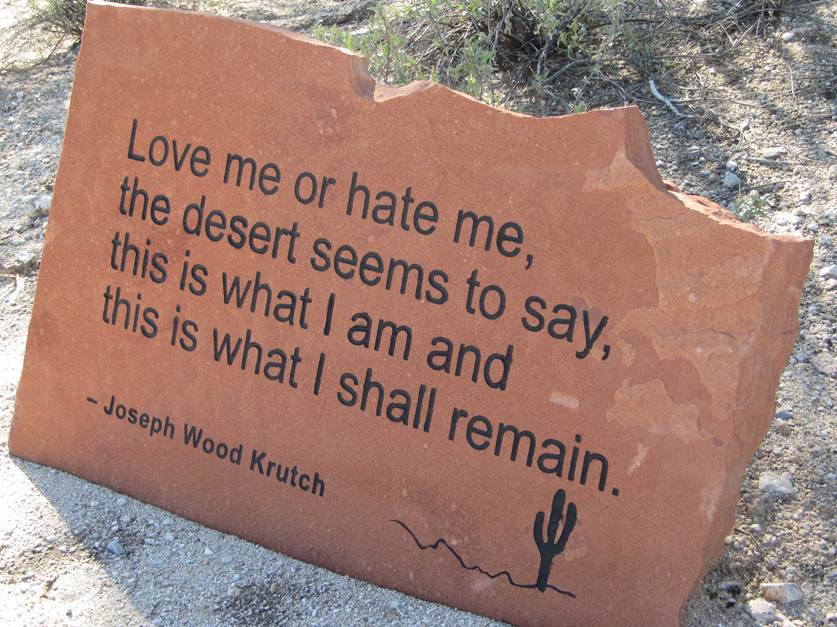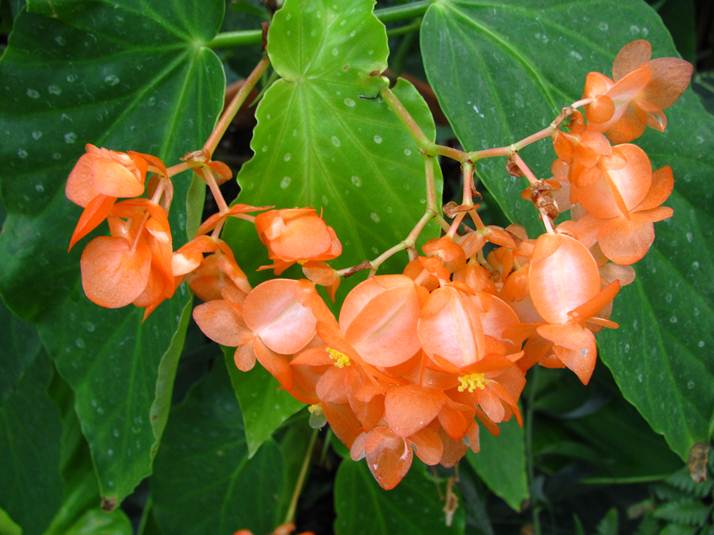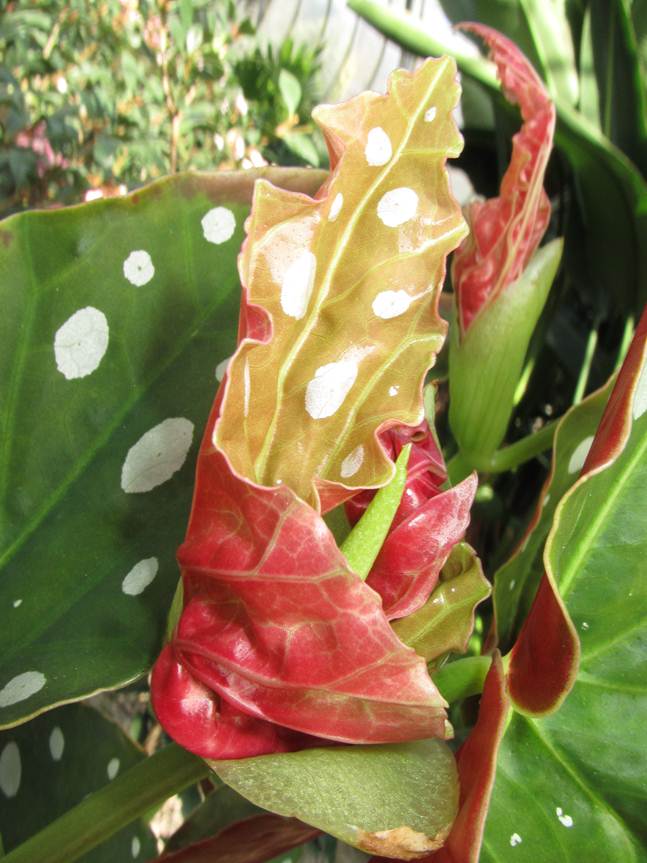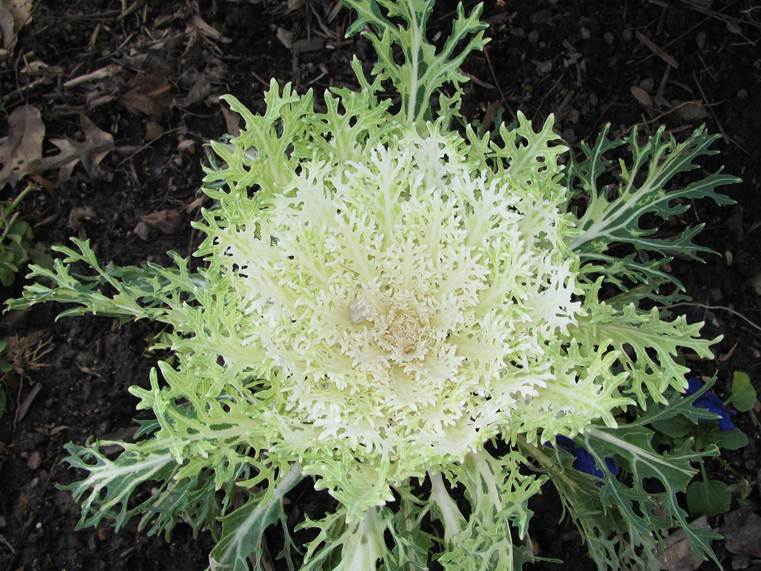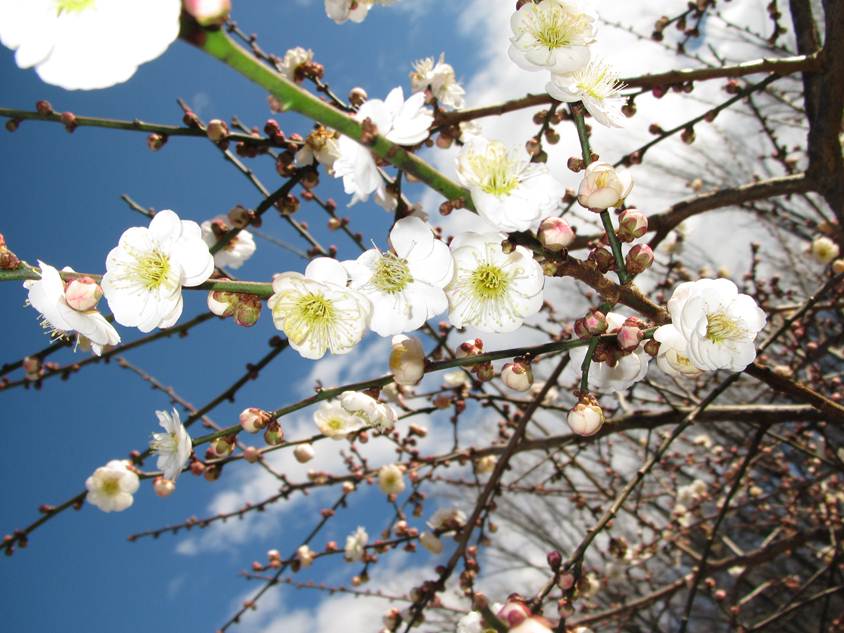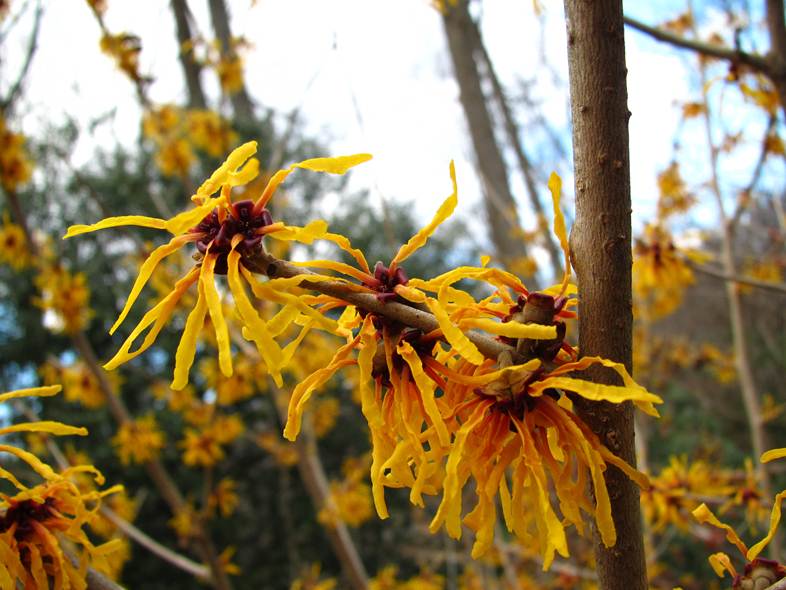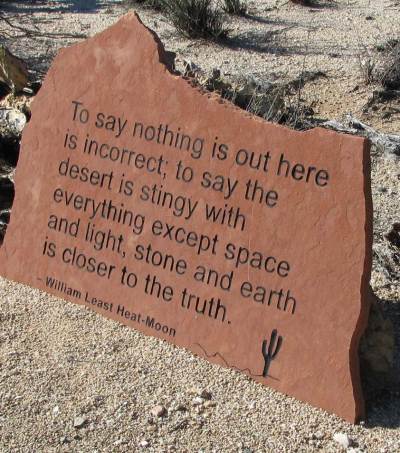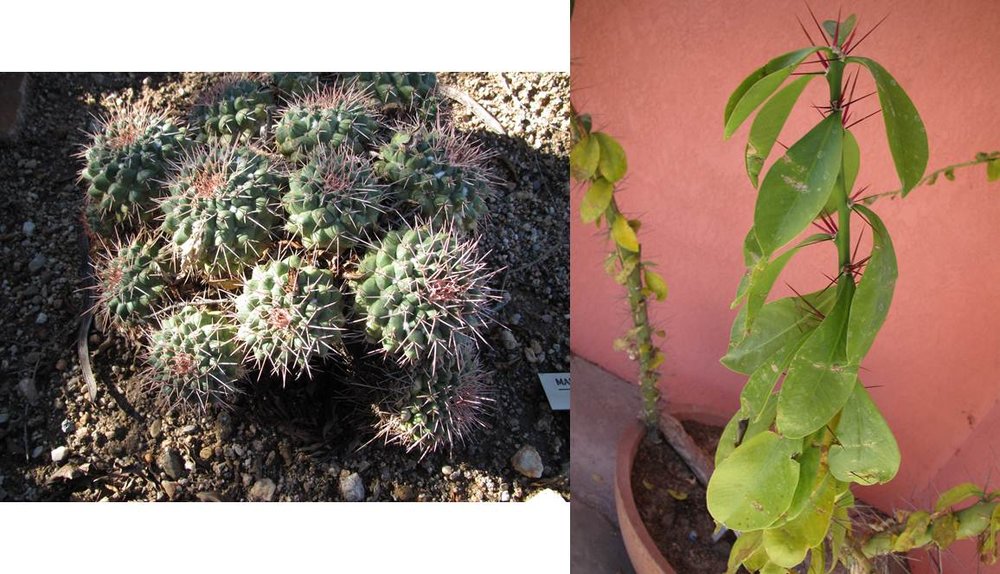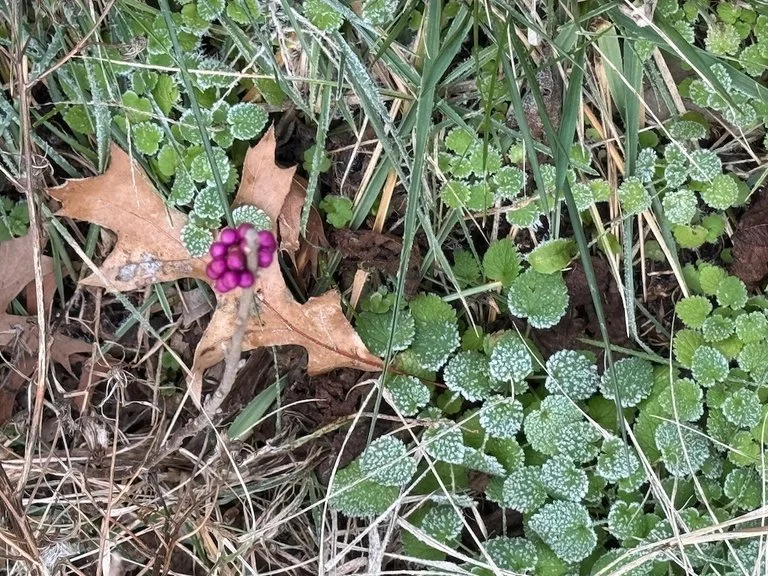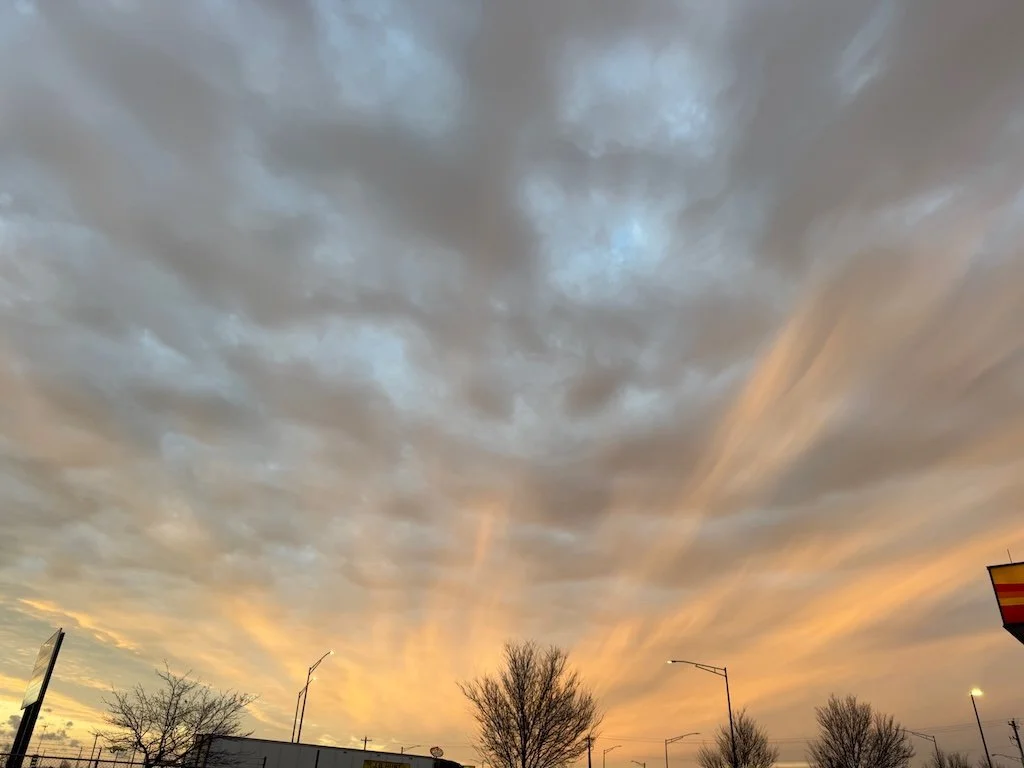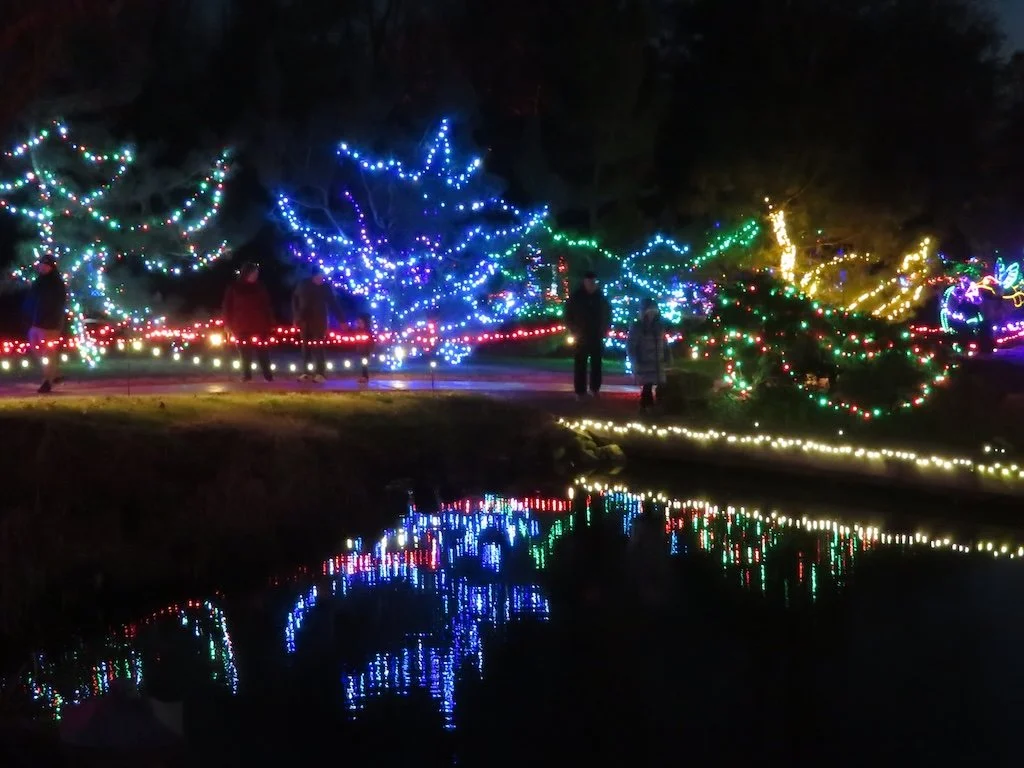The passage through the garden is often via stepping stones, which are very skillfully placed precisely to control the speed and direction of walking. These inner gardens are sometimes damp mossy places … - Bryan Albright and Constance Tindale in A Path Through the Japanese Garden
~~~~~
I am thinking of gardens…a favorite pastime on a cold January day.
Gardens are different than a natural assemblage of plants in that we have somehow modified the place to meet our intention. I love the contrast of the rock garden and lush plantings…and I need to keep my own garden plans as simple as possible since I have a history of benign neglect after an initial flurry of activity. Stepping stones are something that I do relatively well.
Unless the garden is a very small plot that can be seen and tended completely from its edge, a path is needed into it. Stepping stones perform that function and become part of the garden itself. Somehow the plants, mulch or pebbles around stepping stones draw them into the whole of the garden; dirt or paved paths tend to act as dividing lines.
I am not skillful enough to place stepping stones ‘precisely to control the speed and direction of walking.’ The stones are placed along a route I want through the garden at comfortable step intervals and meet their generally pragmatic function. The picture below shows the stepping stones through the front garden to the water faucet; in the summer there are lilies growing around the stones; the red mulch is evident now. One of my most successful groups of stepping stones is in an area that frequently gets muddy under the deck. They are placed a little further apart than a comfortable step and go in every direction from the door of the house into the garden and yard.

In public gardens, stepping stones are rarely seen. Pathways are paved to handle the increased numbers of people walking through and wheel chairs. The pathways are straighter too. It is a sacrifice we are willing to make to increase the accessibility of the garden.
 The few crocus that escaped the squirrels are almost done for the year. The daffodils and hyacinths are taking over the show. The maples look flocked in red from afar but full of bursting buds on closer inspection (see my post from two weeks ago about the edge of spring to compare).
The few crocus that escaped the squirrels are almost done for the year. The daffodils and hyacinths are taking over the show. The maples look flocked in red from afar but full of bursting buds on closer inspection (see my post from two weeks ago about the edge of spring to compare).

